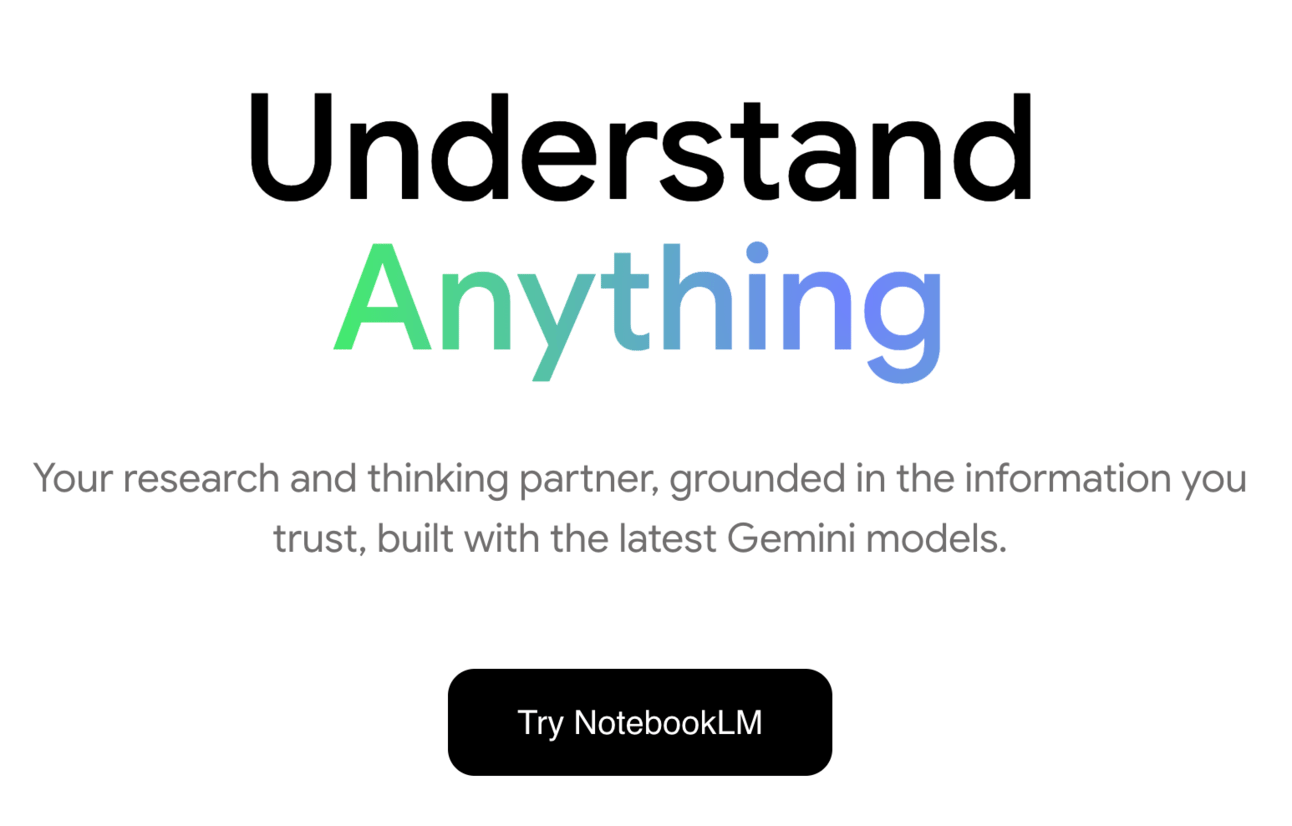
Currently, writing this introduction sitting in a quirky little airport in Iceland, awaiting my flight to the north to arrive. I have not slept in 18 hours, 7 more hours to go 😅. Thankful to have written most of this newsletter on Friday, before leaving the US! Here’s what to expect in this edition:
🔮 Vibe Shift → Is This the End of AI-Generated Content?
🎙️ Expert Insight → The Next Wave in AI Marketing
✅ Quick Win → How I Manage Information Overload (with AI)
📣 Word of the Week → Model Context Protocol
🔮 Vibe Shift → Is This the End of AI-Generated Content?
It’s time to say goodbye to all the AI slop you see on social media apps these days 😢
JK, unfortunately, there’s plenty more where that came from…
BUT, I’m sensing a vibe shift, I’ve been sensing it for a few months now and YouTube just confirmed my suspicions.
Starting July 15, a new YouTube policy will be in place:
Unique and genuine content = monetized
Cookie-cutter, AI-rinsed, mass uploads = demonetized 👎
I know what you’re thinking, “Skyler, I’m not a YouTuber, I’m a marketer” but hear me out, I think this speaks to a general shift in how content that “smells of AI”, even in the slightest, will be received by our target customer bases. Not to mention, how what we post on a company page, might be tanked or boosted, depending on the algorithmic AI sniff test.
This doesn’t mean we can’t use AI in our content creation processes as marketers, but the point is, it just can’t look like we used it in an obvious way. It shows poor taste and lack of effort, which reflects badly on any brand.
This is only one major social platform adopting this policy, but it marks the beginning of what could be a broader trend. Facebook, Instagram, TikTok, and others may soon follow suit. Why? Because both users and platforms are becoming more sophisticated in detecting AI-generated content, and there's growing fatigue around homogenized, generic content.
What does this mean for us as marketers?
We need to add a personal touch to everything AI helps us create
Quality over quantity is making a comeback (finally!)
Unique perspectives and authentic voices will be rewarded even more
In the early days of AI content tools, simply using them gave you an edge. Now, the edge comes from how creatively and thoughtfully you use them - or choose not to use them at all.
🎙️Expert Insight → The Next Wave in AI Marketing
In a recent episode of the Digital Marketing Institute podcast series “Ahead of the Game”, host Will Francis talks with Jim Lecinski, a marketing professor at Northwestern University's Kellogg School and co-author of The AI Marketing Canvas. They discuss how AI is changing marketing: speeding up work, improving productivity, and reshaping how campaigns are planned, executed, and measured. Here are the key takeaways I found most valuable because let’s face it, why listen to a long podcast when you could just skip to the key insights, because I listened to the long podcast for you 💁♀️:
Nominate an AI Champion within your marketing team. Jim Lecinski emphasizes that if everyone is deemed responsible for making the company "AI-powered or AI-enabled," then effectively no one is. LOL. To ensure the successful integration of AI, companies that are most successful have nominated an AI marketing champion. This individual would be responsible for guiding the process: understanding AI, identifying relevant use cases, training the team on the right tools, and measuring the output and results.
Focus on Today's Practical Use Cases for efficiency gains. While the future of AI is exciting, Jim advises marketers to prioritize the "today possibility" over "tomorrow early day speculation". The biggest effect AI is currently having on marketing is through productivity and efficiency gains, such as reducing cycle times for tasks like writing creative briefs or preparing positioning guidelines. AI is excellent for templated processes and standard operating procedures (SOPs), helping complete existing tasks faster.
Upskill with Free Tools Jim strongly recommends that marketers actively engage with these tools by watching podcasts, subscribing to newsletters *ahem(!), and getting hands-on experience, even for personal use. To upskill, Jim suggests utilizing free online learning suites offered by major marketing platforms such as HubSpot Academy, MailChimp, and Adobe. Additionally, resources like OpenAI Academy and Anthropic's AI Fluency Framework are available for free.
Treat AI as a reasoning engine Crucially, marketers should understand that AI, particularly large language models, is not primarily a knowledge database but a reasoning engine. Its true power is unlocked when it's given sufficient context, input, and data to reason upon, acting as a "thought partner" or "copilot" for your most challenging tasks.
✅ Quick Win → How I Manage Information Overload

This week, I was asked by a colleague of mine (if you’re reading this, hey girl 👋) how I find and sort through loads of information to get to the key insights without getting lost in the sauce. The truth is, we live in the age of information overload, and it's only going to get worse unless we figure out a way to manage how we digest and use it.
The following is one component of my system that I think would be the most helpful for marketers. And that component is..drumroll please… NotebookLM. Yes, yet another AI tool to add to the 20 tools you've probably heard about this week, but this one I've been using for a while, and I find it useful both professionally and personally.
What is it?
NotebookLM is Google's AI research assistant that works exclusively with YOUR documents instead of the entire internet. Upload your market research, competitor analyses, customer interviews, and industry reports, then ask targeted questions to get insights grounded in your actual data.
How does it help you as a marketer?
Competitor Intelligence: Upload competitor materials and ask it to identify positioning strategies or messaging gaps
Customer Research: Synthesize interviews and surveys to spot pain points and extract key quotes
Content Ideation: Generate relevant content topics based on your industry sources, not generic web knowledge
Quick Briefs: Create summaries with key findings and strategic recommendations for team members
What's the easiest way to get started?
Start with one current project. Upload 3-5 relevant documents and ask strategic questions like "What are the top 3 pain points mentioned across these customer interviews?" or "How does our competitor's messaging differ from ours?"
Pro tip: Use the audio feature to generate podcast-style discussions about your sources – perfect for consuming research during commutes.
The key is treating NotebookLM like your research assistant rather than a magic answer machine. Feed it good sources, ask thoughtful questions, and let it connect dots you might have missed.
📣 Word of the Week → Model Context Protocol
Definition: A set of rules or guidelines that tells an AI model what to remember and how to behave during a conversation.
Think of it like giving your AI a cheat sheet before a meeting. It helps the AI understand who it's talking to, what the goals are, and how to respond—kind of like briefing your assistant before a client call so they can stay on-brand and on-task.
I feel as though this week’s newsletter may be a bit too long, but after reviewing what I wrote and editing it down as much as possible, this is where we ended up. I’d really appreciate your feedback!
In the future, would you prefer one lengthier email per week or bite sized tidbits delivered every few days?
As always, stay Human First ☝🏻 → AI Forward.
See you next Tuesday, in your inbox!
Skyler Neal



